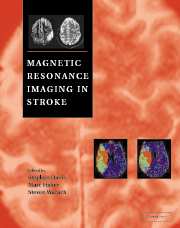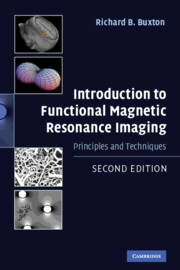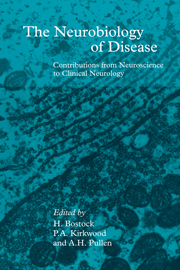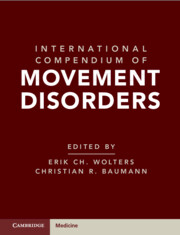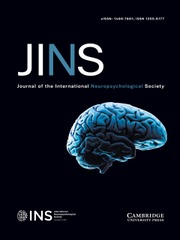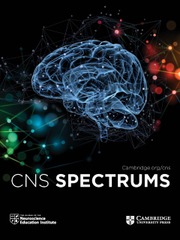Magnetic Resonance Imaging in Stroke
Magnetic resonance imaging (MRI) provides non-invasive information about the brain's blood flow, water movement and biochemical abnormalities following stroke. Advances in MRI are transforming the investigation and treatment of cerebrovascular disease. Echoplanar techniques with diffusion and perfusion weighted imaging--together with developments in magnetic resonance spectroscopy and angiography--are replacing CT scanning as the diagnostic modality of choice. In this profusely illustrated book, world leaders in these technologies review the scientific basis and clinical applications of MRI in stroke.
- State of the art coverage of techniques that are revolutionising the way stroke is investigated
- Editors and contributors are world leaders
- Profusely illustrated
Reviews & endorsements
[A] comprehensive and balanced contribution to our understanding of the utility and appropriate context of newer imaging tools in stroke." Jonathan H. Gillard, Neurology
"Concise but complete, this well-written, well-edited, and well-illustrated volume admirably fulfills the promise of its title." Journal of Neurosurgery
"Each chapter is very readable...This book provides a good overview of the use of MRI in stroke and is of educational benefit to both clinicians and radiologists involved in the care of patients with stroke..." Neuroradiology
"This highly informative and well-referenced volume, which takes us from basics to future research in a steady fashion, making it an attractive reference to complement any general or vascular neurology library." Archives of Neurology
"This text is a reasonably priced and valuable addition to the library of any clinician." The Canadian Journal of Neurological Sciences
Product details
June 2003Hardback
9780521806831
280 pages
284 × 224 × 24 mm
1.313kg
97 b/w illus. 14 colour illus. 16 tables
Out of stock in print form with no current plan to reprint
Table of Contents
- 1. The importance of specific diagnosis in stroke patient management John N. Fink and Louis R. Caplan
- 2. Limitations of current brain imaging modalities in stroke P. A. Barber and S. M. Davis
- 3. Clinical efficacy of CT in acute cerebral ischemia Rüdiger von Kummer
- 4. Computerized tomographic based evaluation of cerebral blood flow Lawrence R. Wechsler, Steven Goldstein and Howard Yonas
- 5. Technical introduction to MRI Rohit Sood and Michael Moseley
- 6. Clinical use of standard MRI Brian M. Tress
- 7. MR Angiography of the head and neck: basic principles and clinical application Robert R. Edelman and Joel Meyer
- 8. Stroke MRI in intracranial hemorrhage Peter D. Schellinger, Olav Jansen and Werner Hacke
- 9. Using diffusion-perfusion in animal model for drug development Marc Fisher
- 10. Localisation of stroke syndromes using Diffusion-Weighted MR Imaging Max Wintermark, Marc Reichhart, Reto Meuli and J. Bogousslavsky
- 11. Magnetic resonance imaging in transient ischemic attacks: clinical utility and insights into pathophysiology Jeffery L. Saver and Chelsea Kidwell
- 12. Perfusion-weighted magnetic resonance imaging in stroke William A. Copen and A. Gregory Sorensen
- 13. Perfusion imaging with arterial spin labelling David C. Alsop and John A. Detre
- 14. Clinical role of echoplanar MRI in stroke Stephen Davis and Mark Parsons
- 15. The ischemic penumbra Geoffery A. Donnan, Peter M. Wright, Romesh Markus, Thanh Phan and David C. Reutens
- 16. New MR techniques to select patients for thrombolysis in acute stroke Vincent N. Thijs and Gregory W. Albers
- 17. MRI as a tool in stroke drug development S. Warach
- 18. Magnetic resonance spectroscopy in stroke Dawn E. Saunders and Martin M. Brown
- 19. Functional magnetic resonance imaging and stroke Amy Brodtmann, Leeanne Carey and David G. Darby.

